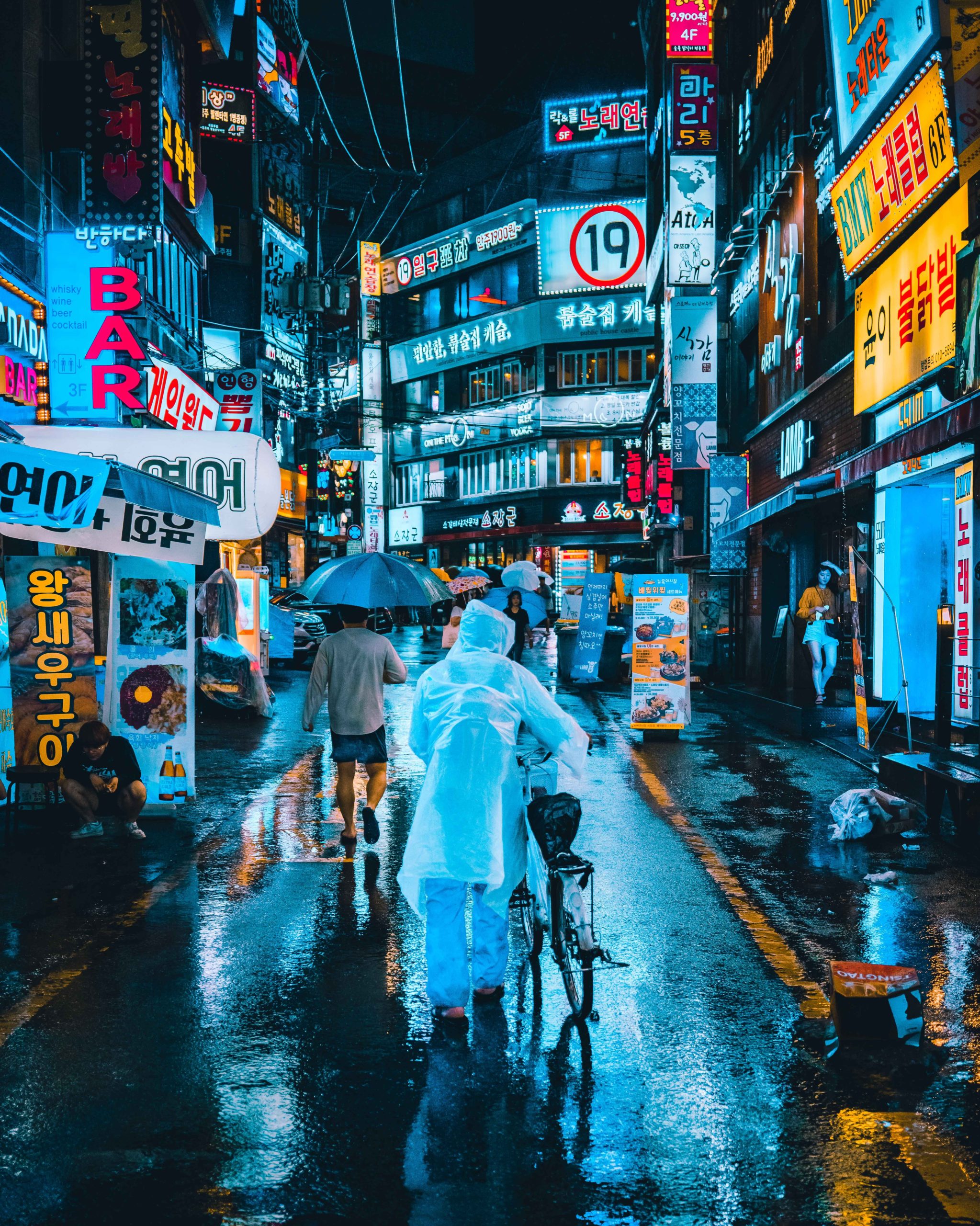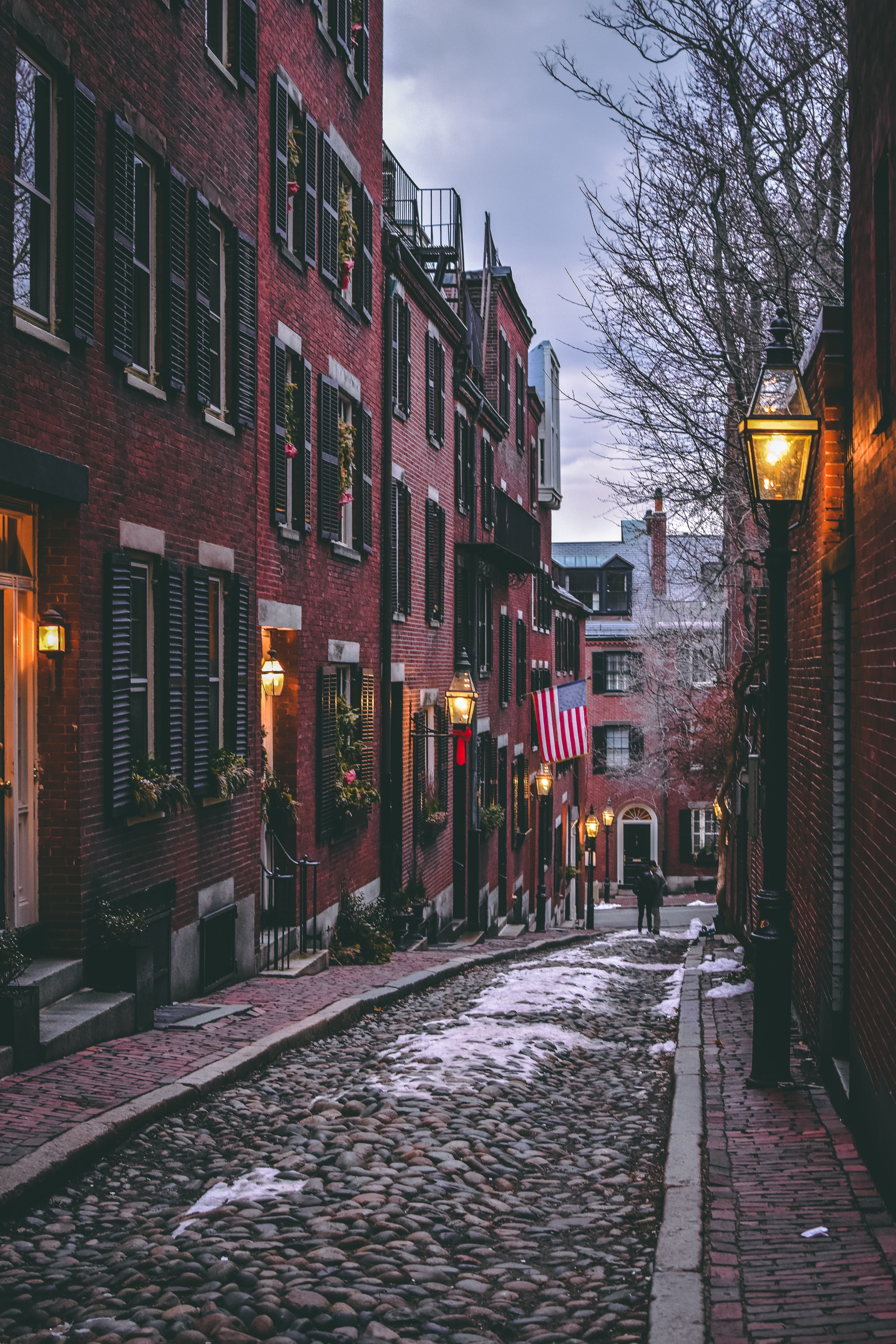The global pandemic that we’re currently experiencing in all corners of the world has stopped humanity in its tracks, upending and disrupting practically every industry, most notably, the travel and hospitality sector. Massive lay offs, decreased bookings, disrupted supply chains, closed hotels, empty airplanes are just a few of the devastating effects we’ve seen so far. But how we travel also will likely change drastically, both in the short-term and long-term, after the world starts to slowly open its doors again.
As both a business and leisure traveler of 20+ years, I’ve jotted down a few of my early predictions on what travel will look like in the aftermath of our stay-at-home orders. No one has a crystal ball so only time will tell how these changes will pan out.
- Visas may not be enough to enter a country. Once the travel bans and restrictions are lifted, in addition to the necessary visas, you may need to provide proof of vaccinations or certificates of immunity to enter a country. Also, I can see countries that were once visa-free travel zones, particularly for U.S. passport holders, may start to require visas, limiting mobility across the world.
- The customs and immigration lines may take longer than usual. To prevent new possible infections from entering the country, in addition to checking your documents, immigration officials may check your temperatures, conduct swab testing, order forced quarantines, etc. This may raise its own set of privacy concerns, but it’s TBD on what that will look like.
- Business travel may become much more digital. One thing that this pandemic has taught us that many of the tech and white collar jobs can absolutely be done remotely, using video conferencing and other communication technologies. I can also see the number of industry conferences and events decrease or change to an online format.
- There may be more emphasis on personal and communal hygiene. I hope one positive change that emerges from this pandemic is that airplanes, hotels, mass transit, etc. all conduct a deeper level of cleaning and take better sanitation measures. For airplanes, at the very least, they should provide antibacterial wipes at the start to give passengers the peace of mind. Beyond that, it’ll be completely reasonable to see people wiping down seats/trays/belts on trains and planes, washing their hands more frequently, and wearing masks in public.
- Sustainability may not be a top of mind priority for many travel and hospitality businesses. It pains me to say this, but when businesses are already financially struggling to stay afloat, they automatically switch into short-term thinking and do what’s more economical and prudent for the moment, often at the expense of doing what’s right for people and the planet in the long term.
- Technology will play a key role in the revival of travel. It will not be unusual to see the wider usage of electronic passports/IDs, medical screening, digital boarding passes, and robot cleaners to limit the physical contact between people and surfaces.
- There may be a social stigma attached to coughing and sneezing in public, even if it’s not COVID19-related. The post-pandemic world we will travel in will not be kind to people who travel with common colds or exhibit any symptoms such as coughing and sneezing.
- There may be more demand for outdoor adventures instead of big city breaks. This makes complete sense given how densely populated big cities are. In the immediate aftermath of our stay-at-home orders, I could see a huge surge in visits to National Parks and campgrounds to combat cabin fever, while still maintaining social distancing.
- There may be more demand for road trips instead of plane rides or cruises. For frequent travelers, particularly those with underlying health issues, getting on a plane may be met with a heavy dose of hesitation and fear. They may opt for the open roads instead, taking extra time to explore their home surroundings instead of far-flung destinations.
- Meaningful and conscious travel may be the dominant theme. There will likely be a greater emphasis on quality over quantity when traveling. We may travel less, but each experience will likely be slower and better.
- There may be more demand for private transportation instead of mass transit. I could see people paying extra for private cars (with or without chauffeurs) and ridesharing options like Uber and Lyft (not the UberPOOL or LyftLine) to avoid taking public transportation.
- A few new items will be your top packing essentials. Hand sanitizers, gloves, face masks, and anti-bacterial wipes will be some of the first things you pack when you travel.
- AirBnB users may opt for hotels instead. Without proper sanitation inspections in place, I can see people opt for hotels instead of AirBnBs. Even more, I think smaller boutique hotels instead of big chain hotels may fare better if the goal is to avoid large swaths of people.
- Immersive and restorative wellness experiences will continue to grow in importance. Wellness was a major pre-pandemic luxury travel trend, and its popularity will likely continue to soar, possibly to unprecedented heights, in our post-pandemic world.
- Street food may not be en vogue for some time. I can see many people wanting to avoid street food vendors and small hole-in-the-wall restaurants for at least some time.
Still, if there is a silver lining to this global health crisis, it is that this crisis may be a chance for the travel industry to hit reset and work towards a more balanced recovery than simply a return to the norms of overtourism: over-valued, over-crowded, and over-polluted cities.
While all these are mere conjectures about how travel will change in the future, one thing is for sure and that is, travel will rebound. But we will learn how and when in due time.
Until then, keep dreaming of all those adventures. I hope everyone stays safe and healthy.





